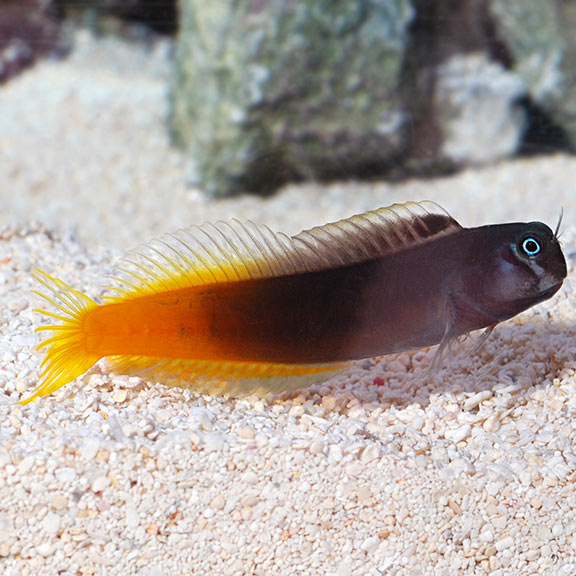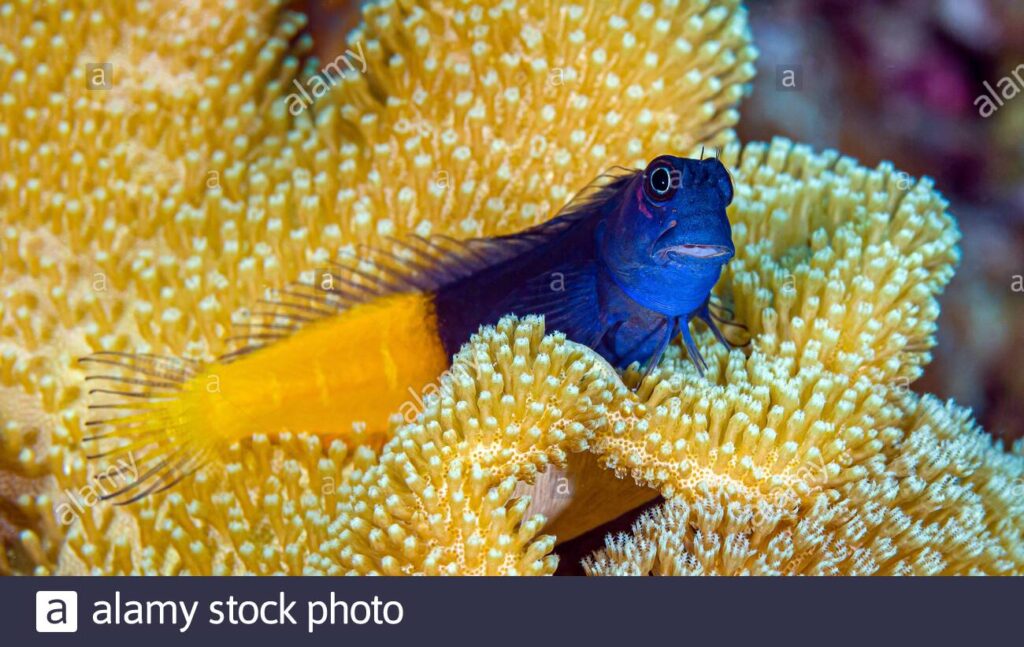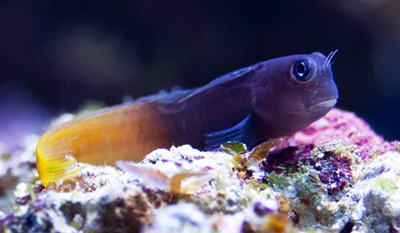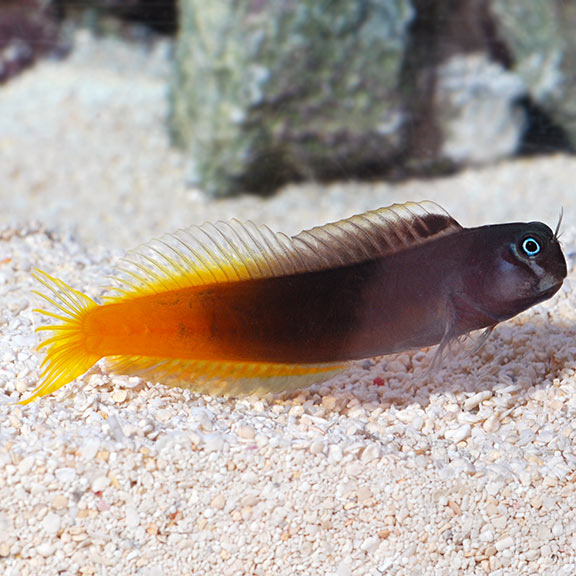
Ecsenius bicolor(Bicolour Blenny)
I dipped myself in the salty side of the hobby roughly around a decade ago and like almost everyone I was deeply hypnotized by “finding nemo”. It started harmlessly with the thought of a small compact setup with just 2 clownfish and the LFS guy said that he could do the same within a budget of around 5000 which was affordable to me back then. My misconception was shattered when I started to slip the slippery slope of salt water fishes and then realized a 2.5’ tank was not sufficient to quench my thirst of this hobby. I was doomed further when I was introduced to “reefing” but that is another story to tell !The species that I am going to talk about is neither a very colourful big fish nor very costly fish, but a small species with only two significant colour that will keep you entertained as long as you are in the area of vision of the fish. I was always fascinated by the concept of a small fish in a big tank. The bicolour blenny, Ecsenius bicolour is one of the commonly available blennies in this hobby. I have always wanted to keep this fish and have heard about it a lot from my peers.This fish is a hardcore herbivore. Their diet mainly compromises of algae and algae based food. It is generally found peeking from the crevices of rocks where algae seems to grow and it would hide immediately as soon as you come in front of the tank. Immediately it will start its game of hide and seek and would keep your attention throughout the time. Pellets/Flakes which are made for herbivores are their favourite and would eat them eagerly. However mine showed interest when the other fishes were feeding on marineS, but if it was actually eating or was more interested in the activity of the fishes, I am yet conclude. Although it is a herbivore, but I remember a fellow marine enthusiast complaining how his bicolour blenny used to leave bite marks on his brain corals and he was egging me to take the fish back then.If I consider the temperament of the fish, I would say that I have never noticed it to purposely nag any other fish as it mainly likes to be on his own, But they do ferociously defend their perching zone like most rock dwelling species defend their territory. I have never kept multiple of the same species in my tank so I have no experience on how it behaves with its own kind, but I did keep it with other gobies and blennies and they tend to chase similar shaped fishes a little. Oh, before I forget, they do bite and I was subjected to this when I was releasing the fish after acclimation…scared the crap out of me as I never considered it to actually bite my hand.It maxes out around 3.5” approx as all the ones I have seen were inside the 3” range and I have personally never seen a bigger specimen although google says that it can reach around 4”. They have tiny antennas on their head which adds more to their comical antics. They do tend to change their colour depending on stress and environment but when they are in peak condition, they always exhibit a dull orange in the later half and deep navy blue (almost blackish) in the front, hence the name bicolour!They are not very costly as they are originating in the indo-pascific area and are often sold by sellers as “local fish”. I have kept them in a 2’ nano as well as a 4’ tank and I would recommend anyone who is into keeping gobies and blennies to give it a try once the tank is mature. You would definitely not regret keeping it! We do have quite some marine enthusiasts in our group and I would request them to share their experiences.image source: Google



